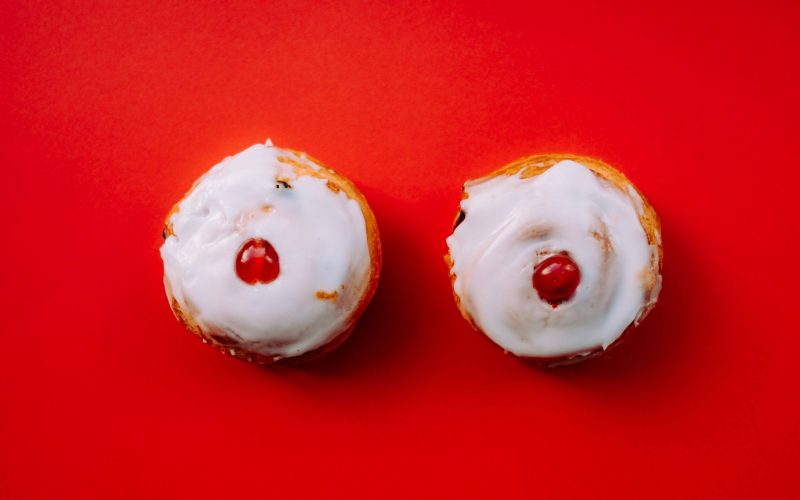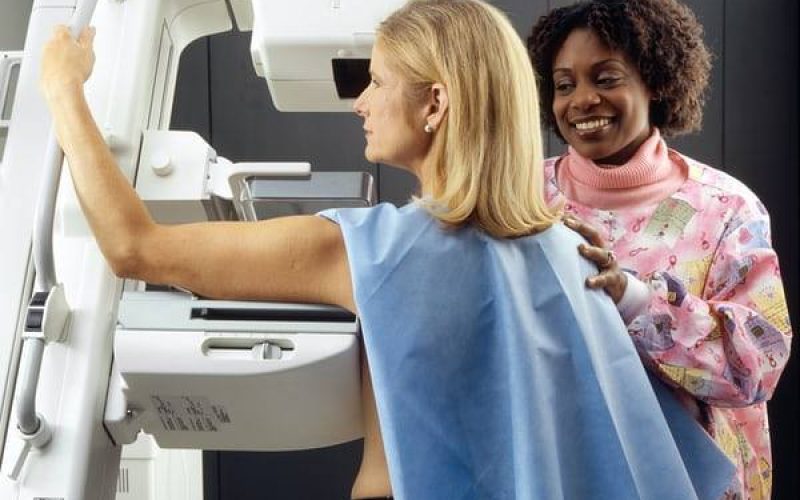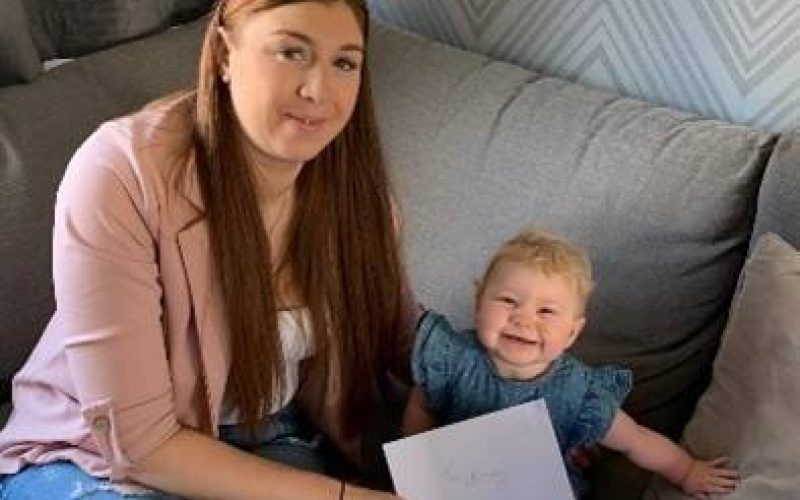Many of you will be aware that the Covid-19 outbreak caused a pause in breast screening (your mammogram), which means being able to check your breasts is more important than ever.
In the UK, around 1 in 7 women will be diagnosed with breast cancer at some point in their lifetime, but don’t let that statistic stop you from reading this post! Survival rates for breast cancer are very reassuring and this is thanks to the NHS screening programme (mammogram) and improved treatment. The earlier breast cancer is detected the better. Early detection saves lives.
Step 1. You’re ready to self check your breast, but what are you looking for?
It is important to feel for lumps and bumps in your breast, but it’s important to look as well.
Potential breast cancer signs and symptoms include:
- hard lumps of any size/shape, bumps,
- thick area- part of your breast feeling “dense” and less “squishy”,
- dimpling/indentation of the skin on your breast, rashes, skin sores on your breast,
- the breast feels warm/hot,
- nipple discharge (not breastfeeding or pregnant),
- sunken nipple, nipple crust, change in nipple position
- a change in the size or shape of your breast,
- a growing vein- a vein becoming more pronounced,
- On its own, pain in your breasts is not usually a sign of breast cancer. But look out for pain that’s there all or most of the time.
Step 2. Check your breast at a time that is convenient to you
This could be in the shower/bath or whilst getting dressed. Checking your breasts only takes a few minutes. There is no specific technique but make sure you check the full breast area, including up to your armpit and collar bone.
Self-check regularly to help you to spot any changes.
Step 3. Check your breasts at different times throughout the month
Get used to how your breasts feel throughout the month, you might notice changes throughout your menstrual cycle. For example, some women experience their breasts feeling lumpy and tender around the time of their period. If something feels unusual or different to you, speak to your GP. Remember, you are not wasting anyone’s time!
Watch my short video, for more information and to help you to learn how to self-check your breast.
Every woman’s breasts are different, different in size, shape, and consistency. An interesting fact is that the majority of women have one breast bigger than the other! By checking your breasts, you are becoming breast aware, so you can learn what is normal for you, making it easier to notice when something feels different.
You know your body best, if something feels usual or different for you, speak to your GP! Call the surgery and book an appointment. Breast changes can happen for a whole host of reasons, but it is always best to get checked by a doctor.
And remember! If you experience symptoms, it does not necessarily mean you have breast cancer. But the earlier breast cancer is detected, the better the chance of successful treatment. So, it’s important to check your breasts regularly and visit your GP if you notice a change.
Happy self-checking
Other Resources
– How to check your breasts www.breastcancernow.org
The Know Your Lemons Foundation is a great place to learn more about checking your breasts. There’s even an app that will help you every step of the way.
Check other cancer signs and symptoms here – Leeds Cancer Awareness
Don’t forget to remind your friends and family to self-check their breasts! Thank you from Leeds Cancer Awareness.




